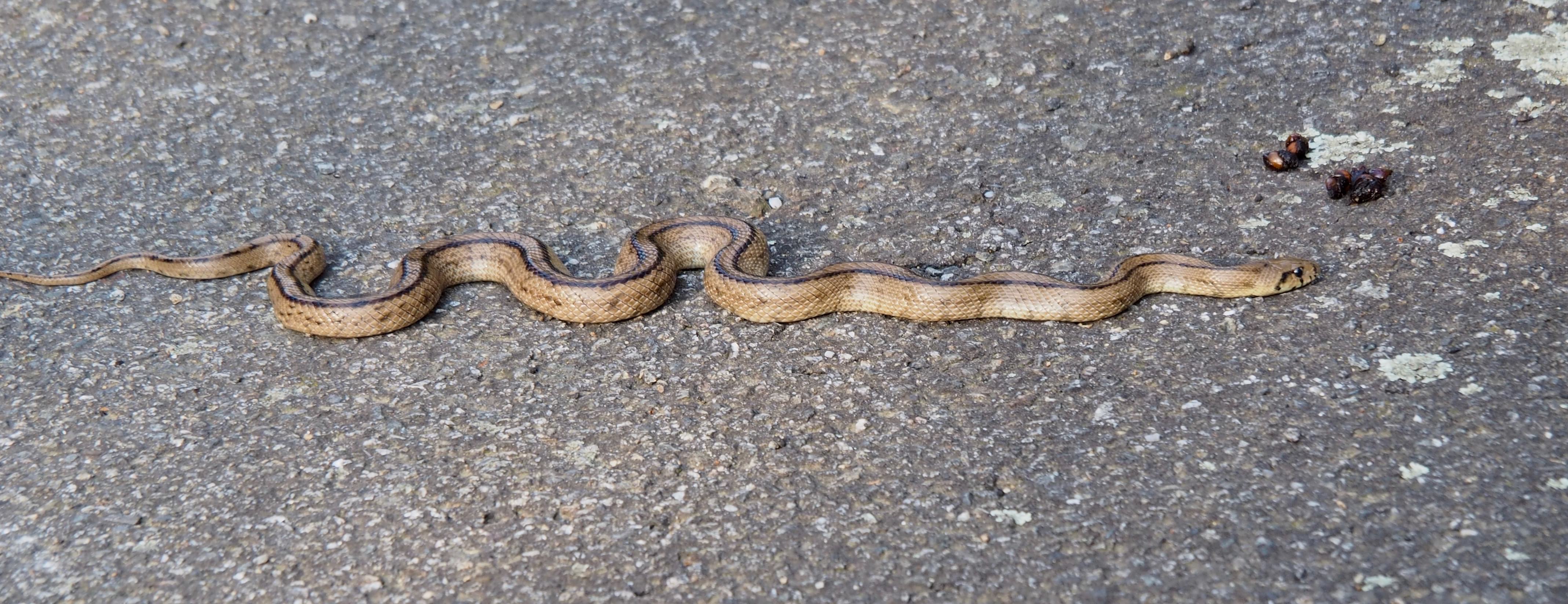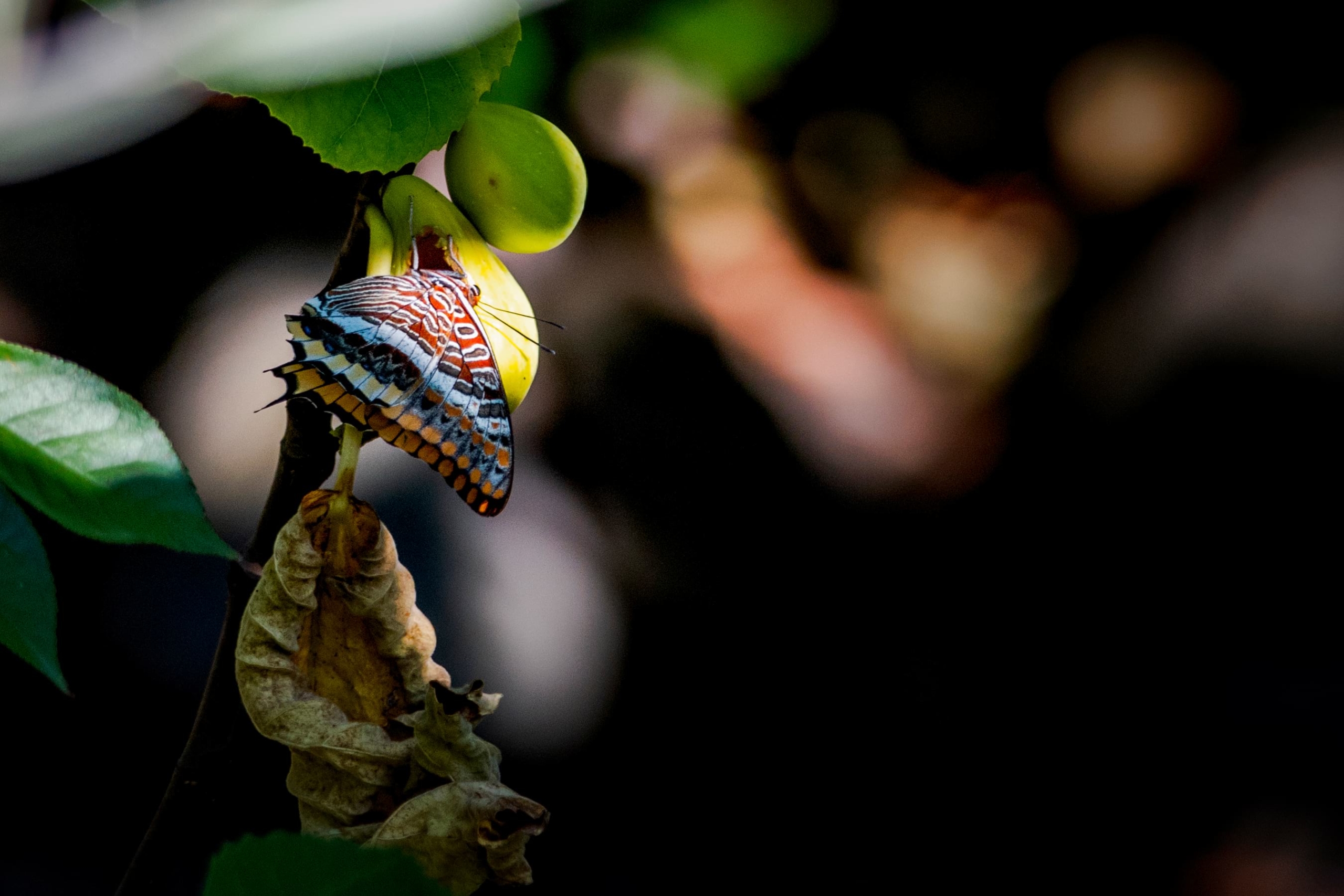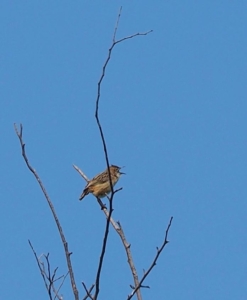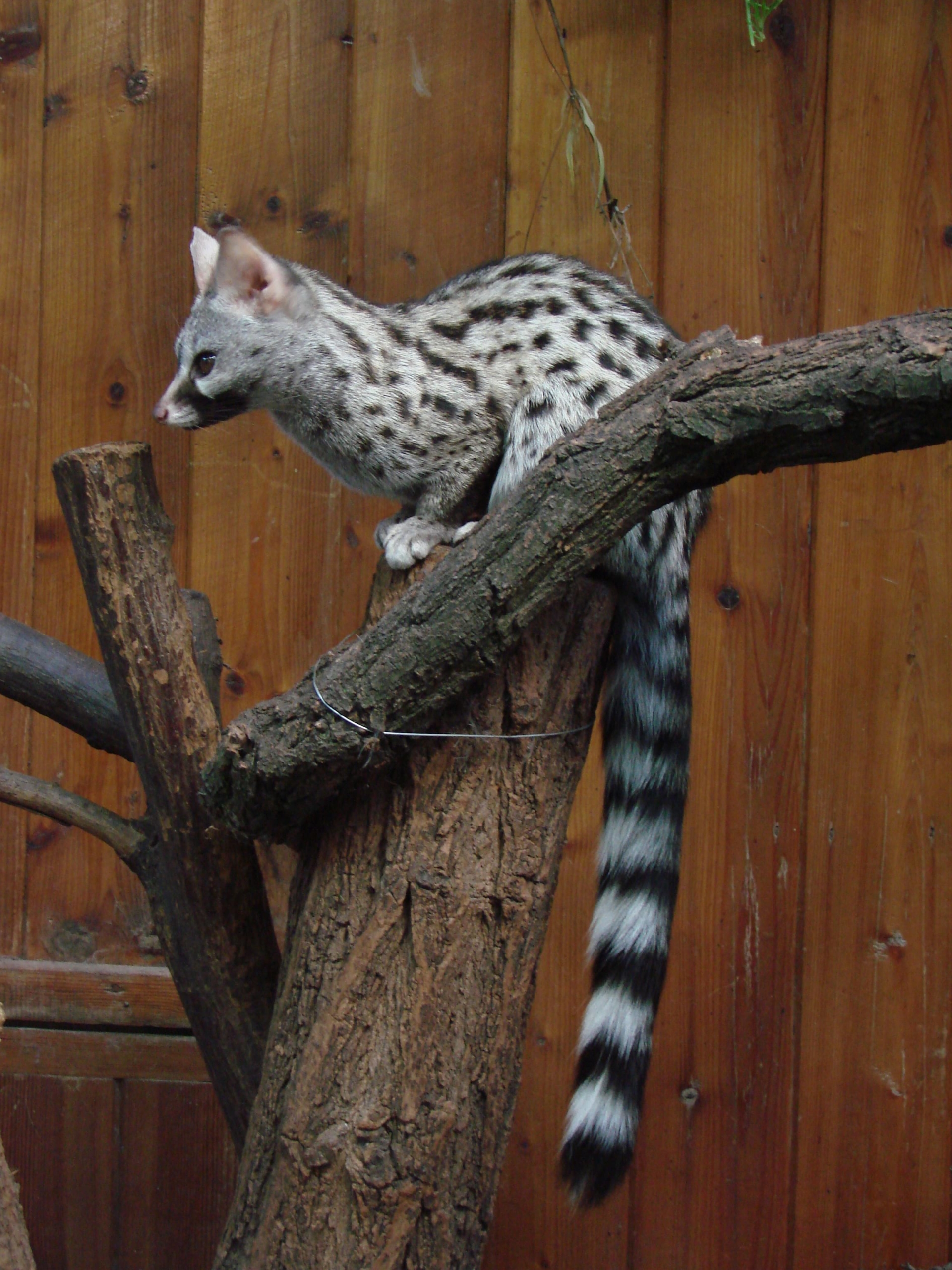All Things Wierd and Wonderful
This time we’re exploring the weird, the wonderful & one or two myths about creatures both common & rare that live alongside us in the PO.
REPTILES
How do snakes eat large prey?
They don’t dislocate their jaws. The upper and lower jaws are connected by a super-stretchy ligament which allows them to open their mouths wide enough to swallow whole prey much bigger than themselves. Digestive juices subsequently break down the animal. Yum.

INSECTS
What’s the life expectancy of a butterfly?
It would be too sad if these flying jewels lived for one day only. Happily, most survive for several weeks and some species hibernate, such as the PO’s stunning Cleopatra (Citron de Provence), finding shelter in plants like ivy.
Below left : Male Cleopatra. Females are pale yellow, without the orange flush
Below right : The Painted Lady (Belle-Dame) migrates huge distances
Not all butterflies feed on flowers
Arguably our most spectacular butterfly, the two-tailed Pasha (Nymphale de l’arbousier) gets its French name because the caterpillars feed exclusively on Strawberry trees (l’arbousier).
The butterfly, however, only drinks nectar from fruit – never flowers. If you have a fig tree, why not leave some fruit for them and other insects to enjoy?

Can insects hear?
Yes. Hearing can help them with communication, navigation and defence. Many have the same mechanism as the eardrum of humans and other animals, although it’s not necessarily on their head. In the bush cricket, it’s on their legs!
Crickets and grasshoppers, along with butterfly and moth caterpillars, also use small, stiff hairs to sense sound vibrations. Caterpillars often respond to sound by exhibiting defensive behaviours; some will stop moving while others will contract and rear up.
Weirder still, certain hawk moths have a structure in their mouths that enables them to hear ultrasonic sounds such as those produced by echo-locating bats.
And some insects possess a group of sensory cells on their antennae that collect auditory information in vibrations. Bees use it to help locate food sources.

BIRDS
Where do they sleep?

For most, a nest is only constructed to hold eggs and chicks. Outside the breeding season songbirds will roost in trees or some kind of vegetation.
Cavity-nesters, such as some owls and woodpeckers (hiboux et pics), may use the same hole to sleep in overnight as they did for nesting, but they usually have a number of possible roosting sites in their territories.
In wintertime here, the orchards and vineyards are popular feeding sites for mixed flocks of goldfinches, chaffinches and linnets (chardonnerets élégants, pinsons des arbres, linottes mélodieuses). They will form communal roosts several kilometres away, in the inner branches of trees (especially oaks).
Throughout the summer, swallows and house martins (hirondelles rustiques et hirondelles de fenêtre) have several broods in the same mud nests under the eaves of village houses. In Africa for the winter, however, they find safety in numbers in shared roosts, often at reedbed sites where they perch together on reed stems.
Below left : The male woodchat shrike (pie-grièche à tête rousse), a summer resident of PO orchards, has an unremarkable song – a mishmash of chitters and whistles.
Below right : House martin nests
MAMMALS
Black squirrels in the P-O?
Not really. The only species here is the red squirrel (écureuil roux) – it’s just that some are so dark they appear black.
What’s that cat?
The genet (genette commune) was introduced by Moors in the Middle Ages but is now considered indigenous. Though common here, they are rarely seen because they’re nocturnal.
They can squeeze their flexible bodies through any opening larger than their heads, and have retractable claws – useful for climbing trees to hunt birds. But their diet is mixed and also includes small mammals, bats, birds’ eggs, frogs, millipedes, centipedes, scorpions and fruits.

Wild cats (chats sauvages) live in remote wooded areas. They are distinguishable from the normal tabby by their bigger size and three broad, black stripes towards the end of their thick tail. These are rare and very shy but do cross-breed with domestic cats.

Foxes kill for fun, don’t they?
Foxes (renards) are unlikely to view killing as a sport in the same way some humans do, but their predatory instinct is so strong, they’ll kill any available surplus prey – especially if it’s an easy catch.
If possible, they may bury some or all of the surplus, to eat another time when hunting is less good. It’s a successful survival strategy. After taking one bird from a henhouse they may intend to keep returning for the rest, but often don’t get the chance because the owner will have cleared up the corpses.
Foxy Facts
|
SEA CREATURES
Not so friendly dolphins?
Infrequently spotted in this part of the Med, dolphins (dauphins) have a dark side: they sometimes attack and kill porpoises – for no reason apparent to us humans – but don’t eat them. And males are also prone to sexual harassment and infanticide!

Octopussy Facts
|

Last Thursday we drove up to La Batere, at 1393m high above Corsavy and Arles sur Tech, and walked up the wide track to the Tour de la Batere. Watched 5 Griffon Vultures circling overhead, and many long lines of Pine Processionary caterpillars crawling across the track. Fantastic! Though choose a clear calm day without low cloud or any chance of rain or snow – it’s exposed up there but well worth the drive.